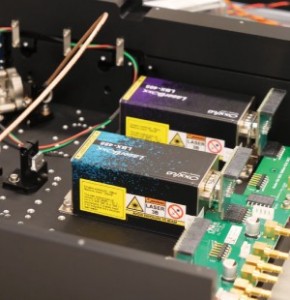
2020 was a year of monumental challenges throughout the world. And just how did those challenges affect the photonics industry? When we look at our top ten most-read articles as an indication of the latest trends in the industry, we find that the photonics industry continues doing what it does best: solving real-world problems. And at a time with serious real-world problems, photonic technologies are offering solutions in the form of thermal cameras used in pandemic fever detection to enhanced touchless security systems to tools that enhance human health and the environment and more.
Industrial Thermal Cameras for Pandemic Fever Detection
Thermal imaging cameras have become commonplace in 2002 during the SARS outbreak, and now are seeing another increase in use in checking for COVID symptoms. While they are readily available and so easy to use that anyone can scan for a temperature with little or no training, this article points out some technical considerations and best practices.
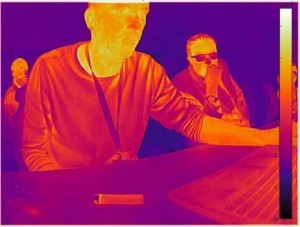
First there is the distinction between a thermal thermometer and a camera, with the cameras being more reliable and accurate. Best practices include camera placement, distance from the individual and setting a known temperature reference. All in all, these handheld devices are basic screening tools, and certainly not the final determinant of whether someone has COVID-19.
Selecting the Best Optical Filters for Machine Vision Applications
In machine vision applications, having the correct lighting to achieve maximum contrast is extremely important. Improper lighting can cause even the most advanced system to run slow or to have a high number of false rejects or accepts. Therefore, it is not surprising that this article on selecting optical filters was so widely read. Machine vision filters also play an important role in ensuring an application runs smoothly.
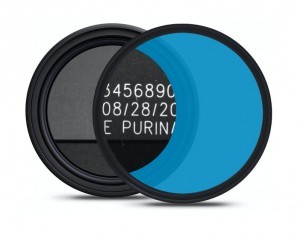
Relative to lighting equipment, optical filters are far less expensive, easier to obtain, and can produce significantly better results. In many cases, it makes sense to test optical filters before ordering lighting hardware.
Touchless System Enhances Security at Hersheypark
Hersheypark, home of the chocolate factory that makes the iconic Hershey kiss, attracts millions of visitors annually. As these people enter the park, they need to be screened to prevent acts of violence as well as health risks caused by the pandemic. Stopping people at entrances to buildings can cause long lines to form, making it hard to social distance.
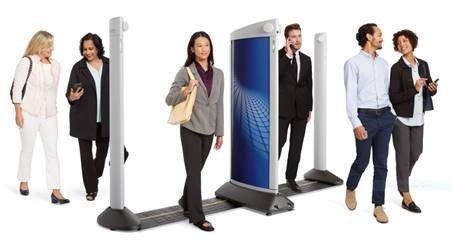
And having security personnel perform hand checks of bags and other personal items is a health risk for both the visitor and security person. This widely read case study describes an AI-assisted touchless solution that lets people walk right through without stopping, performing threat detection and even temperature scans seamlessly.
Applications for NIR Spectroscopy in Agriculture and Food Production
Keeping the food we eat safe and healthy is of paramount importance to everyone along the proverbial food chain from the farmer to the consumer. Fortunately there’s a photonic solution in the form of near-infrared spectroscopy, which is used to examine foods and beverages as well as production factors like soils and manures, and environmental considerations.
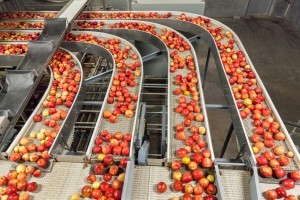
This popular article explores the mechanisms and benefits of near-infrared spectroscopy, including the ability to deliver rapid, accurate, cost-effective results in the lab or in the field with little or no sample prep, and multiple parameters can measure with the same scan.
Lidar in Autonomous Applications
Widespread adoption of autonomous vehicles has a way to go beyond automated delivery services, but in the meantime, a lot of useful technology is being developed. The global autonomous market is expected to grow at nearly 30% CAGR over the next ten years, providing a myriad of opportunities for photonic technologies
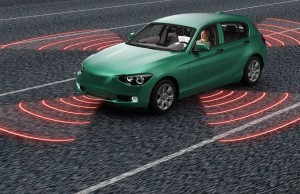 This article describes some of the leading players and the components they are developing for autonomous solutions, as well as a description of real-world applications.
This article describes some of the leading players and the components they are developing for autonomous solutions, as well as a description of real-world applications.
AI Camera Captures Bird Activity at Solar Power Plants
In a 2016 study published by Argonne National Laboratory in Illinois (US), it was estimated that between 37,800 and 138,600 birds are killed each year at utility-scale solar power plants.

While that is a huge range, even the high end is no match compared to the numbers likely killed by tall buildings and moving vehicles. This article describes a project that Argonne researchers have launched that uses a vision system with deep neural net camera to identify and quantify birdstrikes at solar power plants.
Laser Process Mines Valuable Materials from Electronic Scrap
Recycling of electronic waste is a challenge throughout the world because, in addition to toxins contained in some devices, there are also valuable materials that can be recovered.
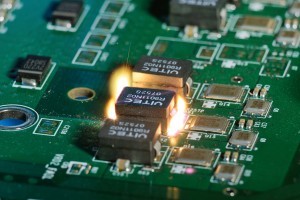 This article describes the international EU ADIR project that presents a new recycling concept and demonstrator that uses photonic systems to recover raw materials from cell phones, printed circuit boards and other electronic devices. This article describes the steps of the highly successful process used by this project. The ADIR project has sparked interest among several partners who will be introducing this type of inverse manufacturing.
This article describes the international EU ADIR project that presents a new recycling concept and demonstrator that uses photonic systems to recover raw materials from cell phones, printed circuit boards and other electronic devices. This article describes the steps of the highly successful process used by this project. The ADIR project has sparked interest among several partners who will be introducing this type of inverse manufacturing.
Opportunities in Autonomous Technologies
The markets serving the autonomous industry are vast and growing, and the opportunities for photonic solutions are equally diverse. For example, the autonomous cars software market is poised to grow over 36% CAGR over the next four years.
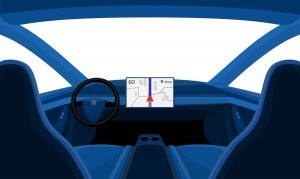
This article highlights some of the mergers and acquisitions that are consolidating the relatively new industry, while technology innovators, such as Luminar are going public and receiving much attention in the mainstream media. Areas of opportunity range from software to camera sensors and imaging systems.
Optical Tools Enable the Study of Microplastics
Plastics have only been around since the 1950s and yet they are everywhere. Back in the 1950s and 60s, people thought that plastics were a great invention. Remember Tupperware parties and the one-word advice given to Dustin Hoffman’s character in The Graduate? Now plastics are a threat to the environment and our health.

To help understand what plastics do to the human body, a multidisciplinary team of researchers at the University of Rochester are using a variety of optical techniques to determine how microplastics, which are present in the food chain, accumulate as toxins in the human body. This article describes the silicon-based nanomembrane filters that the team used for fluorescent labeling of microplastics and chemical fingerprintng by spectroscopy.
Terahertz System Scans the Mail for Suspicious Substances
Until recently, ultrasound and X-ray imaging systems were the only technologies that could look inside a product and detect impurities that are not visible from the outside.
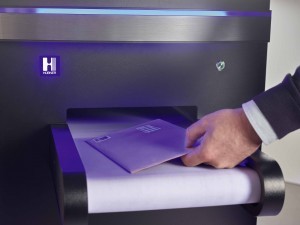
This article describes the use of a terahertz-based system in a mail-inspection application by The Deutsche Börse Group, a financial services company headquartered in Germany. The T-SENSE system is both non-contact and radiation-free, and it can see through nonconductive materials such as plastics, compounds, ceramics, paper and clothing.
Written by Anne Fischer, Editorial Director, Novus Light Technologies Today.













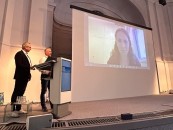

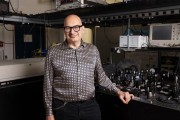


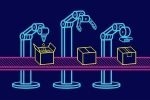
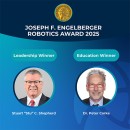

















 Back to Features
Back to Features











